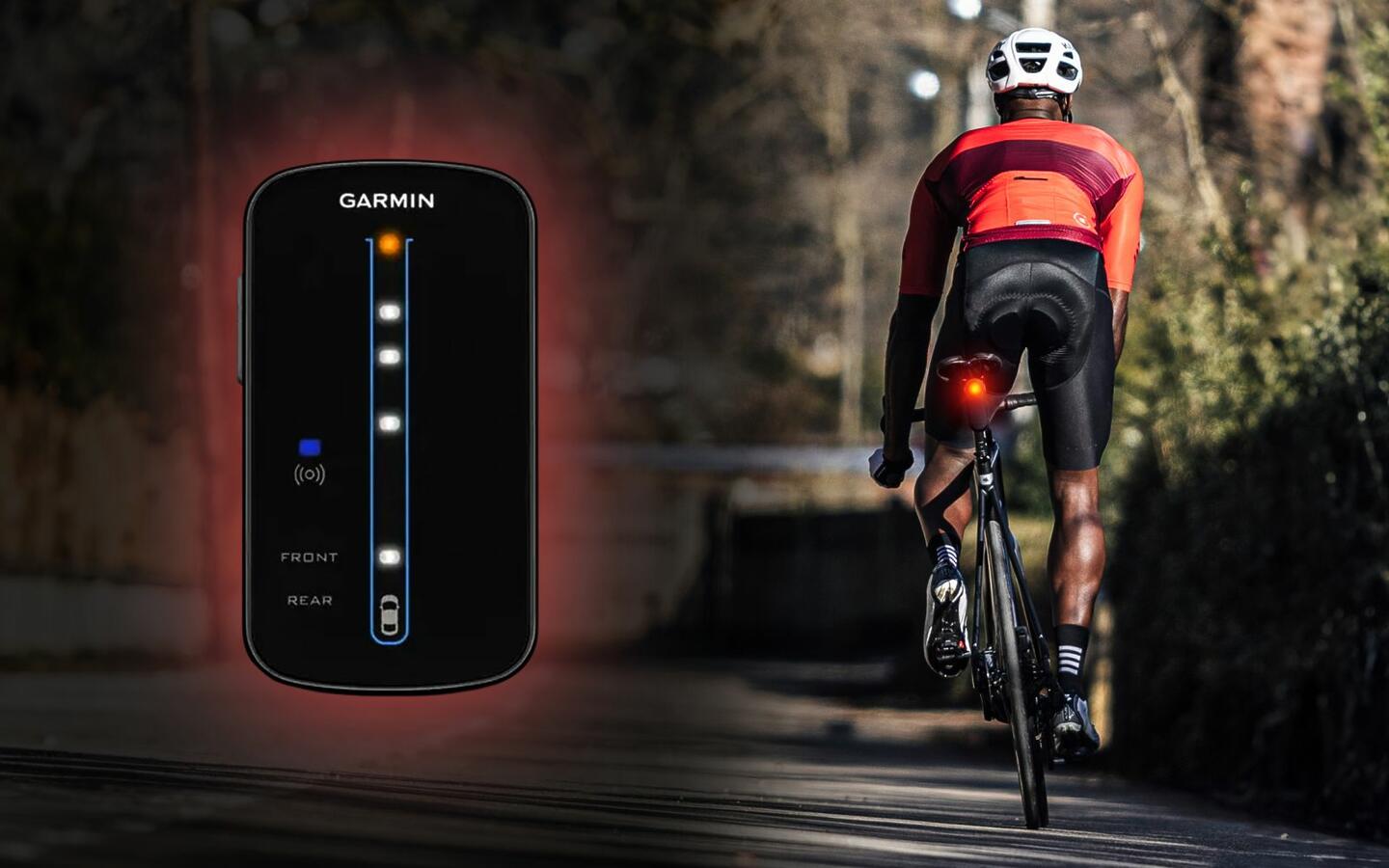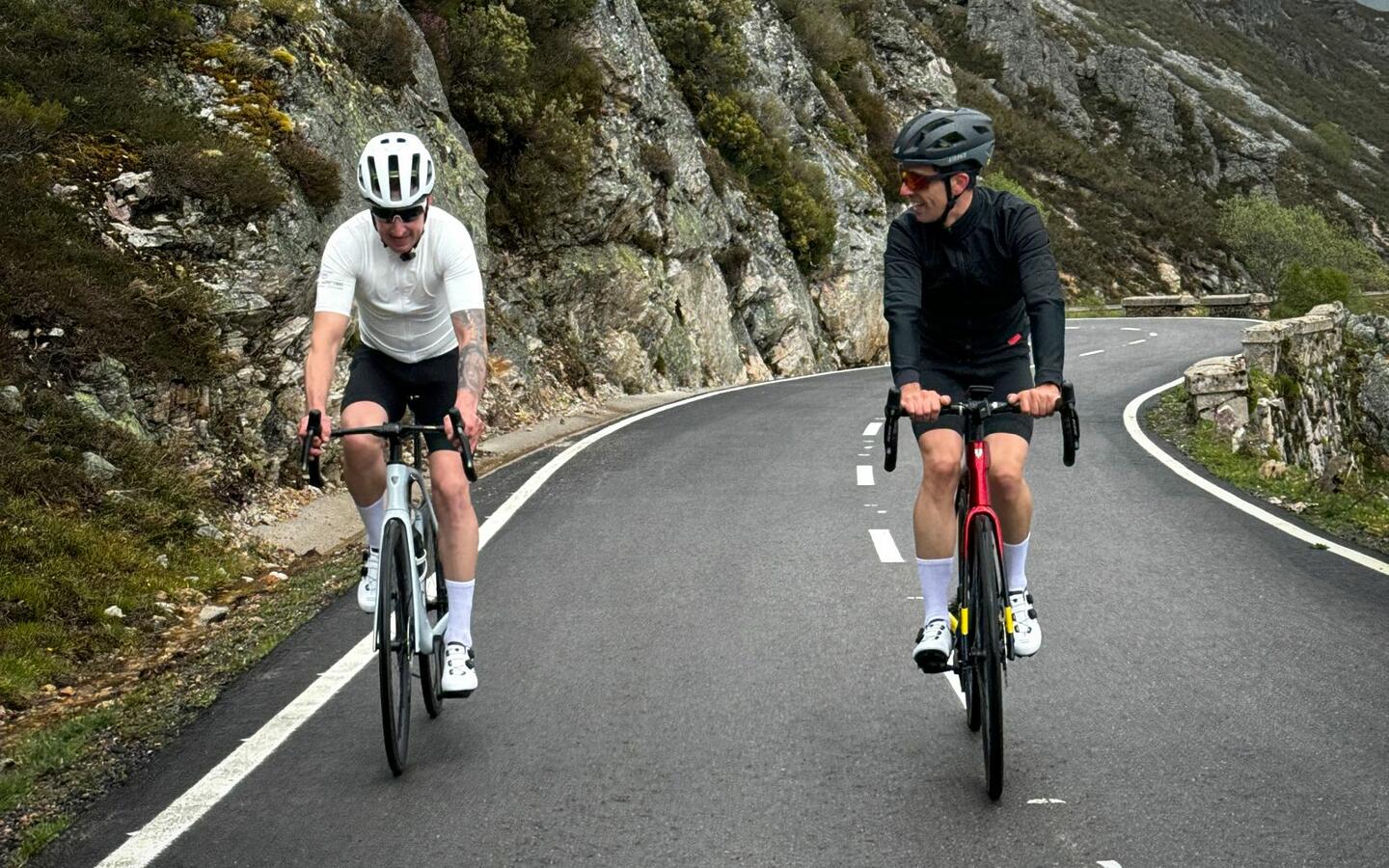We have prepared a simple guide with tips and advice to help you decide which cycling jersey suits you best.
Types of cycling jerseys
Basically, the two most common ones are:
Short-sleeved. Essential for summer, as well as for hot and mild climates. Every summer is different, so depending on the weather, it can be combined with a sleeveless mesh base layer.
Long-sleeved.. Recommended for spring and autumn, it should be combined with a thermal base layer. It could be a mesh base layer for warmer weather or a merino wool base layer for lower temperatures.
Fabrics
Synthetic fibres such as: polyester, spandex, nylon and lycra. All of them are breathable and elastic but some more than others. Depending on the cycling jersey’s composition, it will be more or less elastic, lightweight, breathable and expensive.
Natural fibres such as merino wool. An extremely cold-resistant and quick-dry fabric, commonly used for base layers. It will keep you warm and dry even when sweating. It is also used in cycling jerseys, which can be made either of 100% merino wool or of a mixture of wool and synthetic fabrics to guarantee a better fit and more elasticity.
The vast majority of cycling jerseys include sun-protective fabrics, nevertheless using sunscreen in areas directly exposed to ultraviolet radiation is essential in cycling.
If you are planning to buy your first cycling jersey, don’t forget to take into account allergies or sensitive skin reactions to different fabrics.
Size and fit
Make sure to take your measurements and look at the brand’s size guide because every brand manufactures differently and each body is unique.
The fit is always specified by the brand and it can be more or less tight, depending on the cut and elasticity of the fabric. In general, low and medium-low range cycling jerseys are less tight, while high and medium-high range cycling jerseys are tighter.
As we said, each body is unique and the same applies to cyclists. There are recreational cyclists who prefer close-fitting cycling jerseys while some real cycling addicts choose a more relaxed fit. The key is to be comfortable and make sure the cycling jersey adapts to your body and your tastes, providing you freedom while exercising.
Remember that a cycling jersey is designed to fit the cyclist’s position on the bike so it’s completely normal for the jersey to have a drop tail, meaning that the back is longer than the front. Do also know that it is normal for the jersey to be a little tighter in the shoulder area.
Finishing and detailing
The difference between a higher and a lower quality cycling jersey is in the details. The better the finishing, the better the jersey. The most basics details are the following:
- Two or three rear pockets for energy gels and bars, mobile phone, spare parts/tools, etc.
- A good zipper that slides smoothly and doesn’t get stuck in the fabric.
- Flat seams and clean finishing to prevent chafing and tearing.
- Anti-slip elements to prevent the cycling jersey from moving.
In high-end, more expensive cycling jerseys, we can find improvements such as:
- Laser cut sleeves for a perfect fit on the arms.
- Microperforated fabric or mesh under the armpits, on the sides and back for better ventilation in those areas.
- Zippered rear pockets to safely keep your keys, ID, money, etc.
- Inner elastic bands with extra grip at the hip.
Design and colors
A jersey is the quintessential garment in cycling. The most legendary cyclists always bring to mind jerseys, teams, designs and colors. Choosing a jersey based on its design is as important and critical as any of the previous points. Even if it protects you perfectly and fits like a glove, if you don’t like the design you won’t wear it and you’ll most likely end up keeping it in the bottom drawer.
To each his own tastes but when choosing a jersey you need to take safety into account as well. Apart from making you feel good, colors and designs are essential to guaranteeing your visibility on the roads.
Bright, flashy colors and designs have proved effective in improving visibility from long distances in broad daylight but reflective detailing is also of crucial importance. Whether you choose a bright or a dark-colored jersey, make sure it includes highly reflective elements.





Where is the stuff I ordered ???? Email me back
Hello John, please contact us via the form at this link https://www.siroko.com/i/contact or send an email to [email protected].
Kind regards